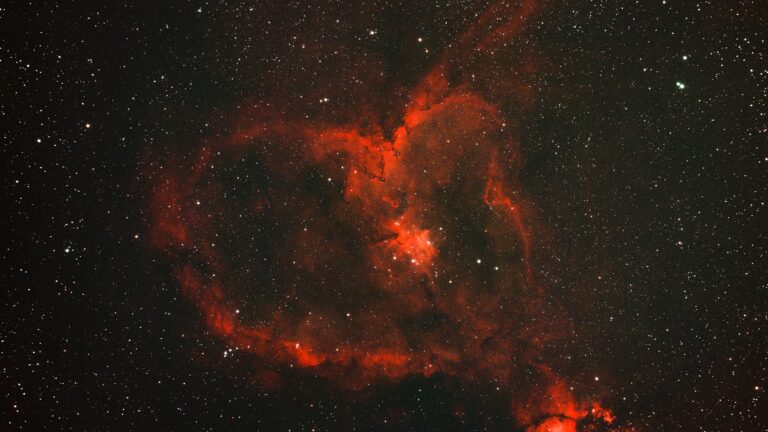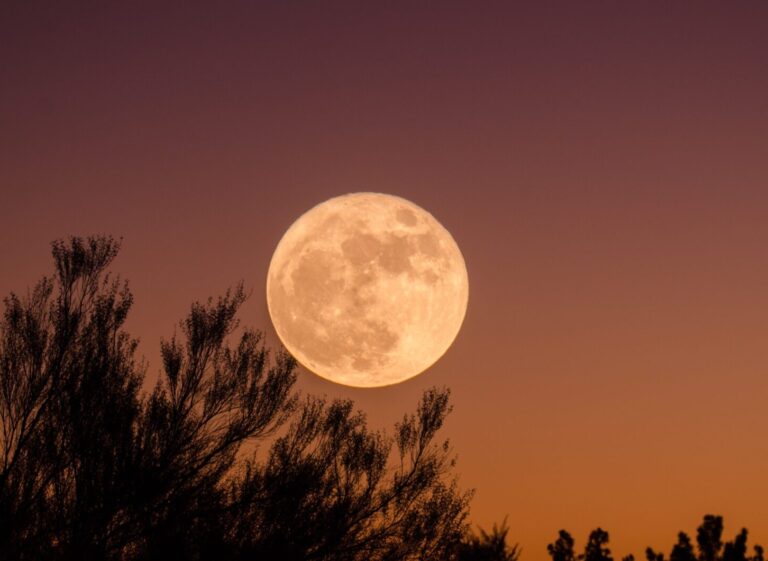Astrophotographers know the time from mid autumn to mid spring as ‘Milky Way season’.
That’s because from April through to October is the best time of year to see the Milky Way in the southern hemisphere.
The southern hemisphere also gets better views of the Milky Way due to Earth’s axial tilt. Across dark winter nights, the Milky Way can be seen to stretch overhead from horizon to horizon.
When is the best time to see the Milky Way?
The Milky Way appears to us as a faint cloud of stars stretching up and away from the horizon.
Naturally, the best time to view this beautiful structure is when the sky is as dark as possible, which means waiting for the Moon to be it its ‘new’ phase. For a magical period of a little over a week, with the New Moon at the centre, the skies are dark enough to make the most of the Milky Way.
Here are our picks for the best times to view the Milky Way:
- From 7.30pm, between 22nd March – 1st April 2025
- From 7pm, between 21st April – 1st May 2025
- From 7pm, between 20th – 30th May 2025
- From 7pm, between 19th – 28th June 2025
- From 7pm, between 18th – 28th July 2025
- From 7pm, between 16th – 26th August 2025
- From 7.30pm, between 14th – 25th September 2025
- From 8pm, between 14th – 24th October 2025

How do I see the Milky Way?
To make the most of the dark skies surrounding the new Moon, you can take a few simple extra steps.
The first step is to know where to look and what to look for. In the Southern Hemisphere, the Milky Way is seen mainly in the southern half of the night sky. Keep an eye out for the light grey cloudy structure crisscrossed with dark shadows that make up the arms of the galaxy.
Secondly, be patient! Spend some time under the stars and let your eyes adapt to the darkness; 15 to 20 minutes should be all it takes for your eyes to adjust to the low-light conditions and start to pick out the finer details of the galaxy.
Finally, pick a dark sky location. We are lucky in WA to have many towns and shires on board with Astrotourism! Check out Astrotourism WA’s list of dark sky locations where you can see the Universe in all its glory! Or take a look at our latest list for the best places to observe the Milky Way in WA.
Beyond the Naked Eye
- The red-supergiant star Antares
- the sweeping vistas of the Lagoon Nebula
- the stunning shape of the Butterfly cluster
Want to keep up to date with the WA Astronomy community?
We’ve created a little corner on Facebook to share and discuss all things astronomy and stargazing in Western Australia!










Ok let me understand this you can see the milky way ?so the earth is in the milky way cause we’re part of the mikyway galaxy…so that being true …. everywhere you look is the Milkyway because we are part of the milky way galaxy..am I correct if we make up whatever part of the mikyway galaxy no matter how big or little part that is how can u see a galaxy see when u live in said galaxy please explain
Thanks for the question! It’s true that we are a part of the Milky Way. To be specific, our Solar System is located in the Orion Spur, between the Sagittarius and Perseus Arms. When we say that we can see the Milky Way, we refer to being able to see the Sagittarius Arm and the Core of the Milky Way in the night sky. While most stars we see are in the Milky Way, the arms of the Milky Way are particularly prominent in dark skies, appearing as light grey clouds.